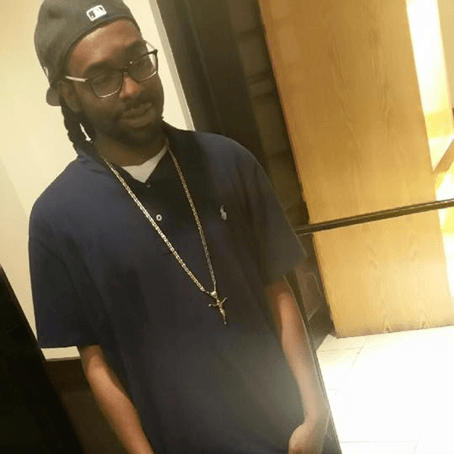St. Anthony police chief answers public questions for 1st time since Castile shooting

The St. Anthony police chief met with residents of Falcon Heights Sunday, taking questions for the first time since an officer shot and killed Philando Castile in the St. Paul suburb in July.
Chief Jon Mangseth didn't answer questions about the shooting or officer Jeronimo Yanez, who faces second-degree manslaughter and dangerous discharge of a firearm charges. But he announced the U.S. Department of Justice will review the department.
"When a tragedy like this occurred in July, it spurred a lot of people into action," Mangseth said, adding that he's trying to move forward and improve his department. "I take this seriously. I just want you to know that I'm invested doing what we need to do to provide the best service."
The meeting was a long time coming for some of these residents of Falcon Heights. Falcon Heights contracts with St. Anthony for police services. A group called "Falcon Heights Can Do Better" had urged the chief to speak publicly for the past few months. Instead, he's said very little since the shooting.
Create a More Connected Minnesota
MPR News is your trusted resource for the news you need. With your support, MPR News brings accessible, courageous journalism and authentic conversation to everyone - free of paywalls and barriers. Your gift makes a difference.
Mangseth was set to speak at Wednesday's Falcon Heights City Council meeting, but in an email newsletter, the city said it received word from the St. Anthony city attorney saying it "would be inappropriate for Chief Mangseth to appear in a public forum at this time, given the ongoing investigation and pending charges."
Instead, Falcon Heights City Administrator Sack Thongvanh offered a smaller meeting. Twenty-two people showed up — more than the handful the city preferred.
The city also asked for Mangseth to be given questions in advance of the meeting. Thongvanh and the chief prepared written answers to some questions that were distributed at the meeting, but he also took questions from the crowd.

Early on, the group of mostly white residents asked the chief how he can restore trust in his department if he hasn't attended City Council meetings.
Mangseth said the active criminal investigation prohibits him from discussing the case.
The citizens group also asked about racial data on traffic stops and whether his officers are pulling over blacks disproportionately. Mangseth said it's impossible to draw any "data-driven conclusions" because there's no way to know the demographic makeup of everyone traveling through the area.
However, a recent MPR News analysis of St. Anthony police citations found that in about 650 traffic stops for faulty taillights, headlights, and license plate lights, African-Americans made of 44 percent of the drivers who were cited. But on average blacks make up just 7 percent of the population of the cities the department patrols.
In October, the St. Anthony Police Department asked to join the U.S. Justice Department's Collaborative Reform Initiative, which aims to improve community trust.
During the meeting Mangseth said he was told his department will qualify "for some form of technical assistance," but he doesn't know the details.
"So that we can come to some stable conclusion regarding the data," he added.
St. Anthony police have been flooded with data requests since the shooting about traffic stops, officer training and conduct. Gathering that data was an unfamiliar task for the department of just 23 officers, so it hired the law firm Dorsey and Whitney to field requests, sort through the data and determine what's public under state law.
Thongvanh, the Falcon Heights city administrator, said that service has cost $250,000 so far.
"The data out there right now is incomplete," he said.
Some residents asked whether that service includes a data analyst to really figure out who's getting ticketed by St. Anthony police. Mangseth said it did not.
Others wondered what he'll do with the data once it's sorted out by the Department of Justice. He answered: "Better service delivery.
"We want to be able to get past the debate or arguing of what this represents, or this represents."

Mangseth's request for federal assistance is laudable, according to Falcon Heights resident Melanie Leehy, who is African-American and co-chair of the city's inclusion and policing task force.
"I think just the transparency that the St. Anthony Police Department is showing that they're willing to have others come in and assess how things are operating is a healthy turn," she said.
Dave Bishop, who's white and also lives in Falcon Heights, also said Mangseth is sincere about making improvements.
"What I heard the chief say is he's willing to look at the facts and that he's willing to make changes based on what he heard," Bishop said. "And change is what we're looking for. We want things to be different. In all, this was a positive meeting."
But not everybody who attended the meeting had the same reaction.
Christine Chitambar, who's part of the "Falcon Heights Can Do Better" group said she wanted to hear more from Mangseth — especially about what changes he's implemented since Castile was killed five months ago.
She said St. Anthony police should have been asking themselves questions about race and implicit bias long ago.
"It shouldn't have taken a shooting for them to be asking these questions," Chitambar said. "I really do feel like this has been a hot topic in our country for a long time. So why were you not asking these questions earlier?"